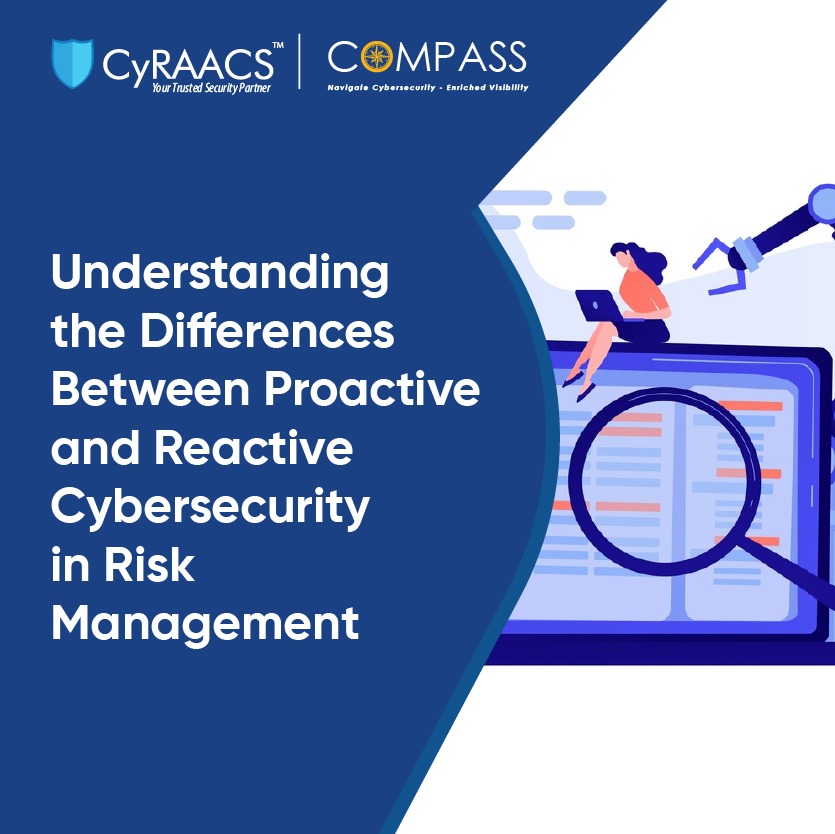
The importance of effective cybersecurity risk management cannot be overstated. Organizations constantly face evolving threats that can jeopardize their data, operations, and reputation. While reactive cybersecurity measures may provide temporary relief following an incident, they often fall short in the long run. On the other hand, proactive cybersecurity risk management emphasizes anticipation and preparation, allowing organizations to identify potential threats before they materialize. This article explores the critical differences between proactive and reactive approaches, highlighting why adopting a proactive stance is essential for fostering organizational resilience, reducing costs, and ensuring compliance in the face of an ever-changing threat landscape.
By understanding these differences, businesses can better position themselves to safeguard their assets and maintain operational integrity.
In today's digital landscape, managing cybersecurity risks effectively is critical to protecting an organization’s data, operations, and reputation. Comparing proactive and reactive approaches highlights why proactive cybersecurity risk management is essential for long-term security and resilience.
| Aspect | Proactive Cybersecurity Risk Management | Reactive Cybersecurity Risk Management |
| Risk Anticipation | Identifies potential cyber threats and vulnerabilities before they materialize, minimizing or avoiding impacts. | Addresses cybersecurity breaches only after they occur, often resulting in data loss and downtime. |
| Cost Effectiveness | Reduces long-term costs by implementing preventive measures such as firewalls, patch management, and training. | Leads to higher costs due to incident response, data recovery, legal fines, and reputational damage. |
| Organizational Resilience | Strengthens resilience by preparing for cyberattacks, ensuring continuity and quick recovery. | Leaves systems and processes vulnerable, making recovery from attacks more difficult and prolonged. |
| Decision Making | Provides time and data to implement strategic cybersecurity policies and controls. | Results in hasty decisions under pressure during or after an attack, which may not be fully effective. |
| Long-Term Planning | Supports sustainable growth with robust security frameworks that evolve with emerging threats. | Focuses on immediate fixes, often neglecting long-term cybersecurity improvements. |
| Compliance and Legal Considerations | Ensures adherence to data protection regulations like GDPR, HIPAA, and PCI-DSS, minimizing legal risks. | Increases the likelihood of non-compliance, leading to regulatory fines and legal liabilities. |
While reactive cybersecurity measures may address incidents after they occur, a proactive approach is essential for safeguarding sensitive data, maintaining operations, and ensuring long-term resilience in an ever-evolving threat landscape.
The debate between proactive and reactive cybersecurity risk management reveals a clear truth: organizations that prioritize proactive measures are better equipped to navigate today's complex threat landscape. By anticipating and mitigating risks before they escalate into serious incidents, businesses can significantly reduce potential costs and protect their valuable assets. Moreover, adopting a proactive approach fosters organizational resilience, instills stakeholder confidence, and ensures compliance with ever-evolving regulatory standards. As cyber threats continue to grow in sophistication and frequency, investing in proactive cybersecurity services like that by CyRAACS is not merely a choice but a necessity for organizations aiming to thrive securely and sustainably. By shifting the focus from reaction to prevention, companies can safeguard their future and maintain their competitive edge in the digital age.
